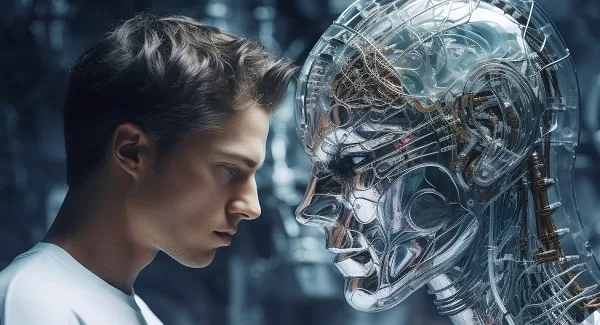
The Revolution of Image Generation Technologies
The advent of artificial intelligence has ushered in a new era of image generation technologies, transforming the way we create, manipulate, and understand visual content. Central to this revolution are neural networks, specifically designed to generate images that are increasingly realistic, artistic, and customized.
Neural Networks at the Core
Neural networks, particularly Generative Adversarial Networks (GANs) and Variational Autoencoders (VAEs), are at the forefront of image generation technology. These networks learn to mimic the distribution of real images, allowing them to produce new, unique images that are indistinguishable from actual photos or artworks. GANs, for instance, consist of two parts: a generator that creates images and a discriminator that evaluates their authenticity. Through iterative training, GANs can generate highly realistic images, from people’s faces to landscapes that never existed.
Leading AI Services for Image Generation
Several artificial intelligence services have become leaders in the field of image creation that pip casino actively uses, but three stand out for their capabilities and innovations:
- OpenAI’s DALL·E: A cutting-edge AI capable of generating complex images from textual descriptions, offering remarkable flexibility and creativity in image creation.
- Google’s DeepDream: Known for transforming images in a dream-like manner, DeepDream modifies existing pictures to produce surreal, psychedelic visuals.
- Adobe’s Sensei: Integrating AI into Adobe’s suite of creative products, Sensei offers tools for enhancing and creating images with AI-driven insights, making sophisticated image manipulation more accessible.
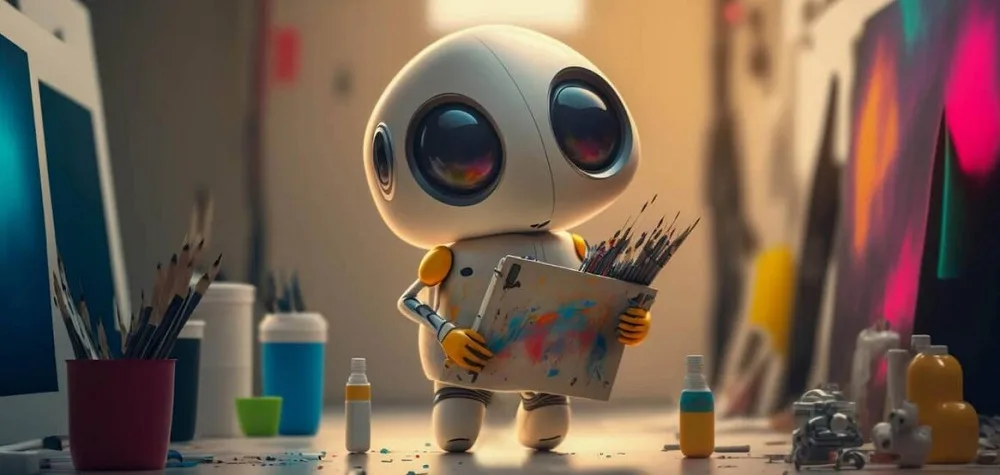
Working with AI Generators
Engaging with AI image generators involves understanding their input requirements (usually text descriptions or base images) and manipulating parameters to guide the output. Users can start with simple prompts and progressively refine their inputs based on the results. Many platforms offer intuitive interfaces that allow users, even those without deep technical knowledge, to create custom images. Experimentation and iteration are key to achieving desired outcomes.
Adoption by Companies
A wide array of industries is already harnessing the power of AI-generated images. In fashion, companies use these technologies to create virtual models and clothing designs. In Pip casino gambling, developers create unique character models and bonuses. Marketing agencies leverage AI to produce original visual content that resonates with audiences, while tech companies use these images for everything from app icons to user interface design.
Future Improvements and Potential
The future of image generation technology lies in enhancing realism, reducing computational costs, and improving user accessibility. Advances in neural network design and training methods will likely yield even more lifelike images, while new algorithms could lower the energy and hardware requirements, making these tools more sustainable and widely available. Additionally, as AI becomes more intuitive, we can expect tools that require less input from the user to produce high-quality, relevant images, further democratizing creative expression.
Image generation technologies, powered by neural networks, represent a seismic shift in the creative landscape, offering unprecedented capabilities to generate bespoke, realistic, and artistic images. With leading AI services pushing the boundaries, companies across various sectors adopting this technology, and continuous improvements on the horizon, the potential for these tools to enhance visual creativity and communication is boundless.
Popular articles
-
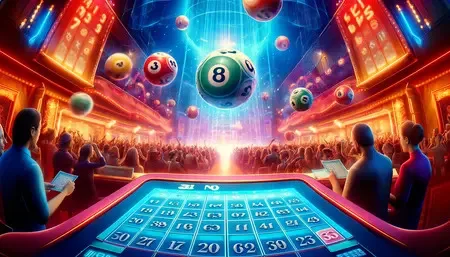 Ron Harris: The Man Who Knew Too Much Abou...
Ron Harris: The Man Who Knew Too Much Abou...In the vast and glittering world of online gambling, stories of big …
Learn more -
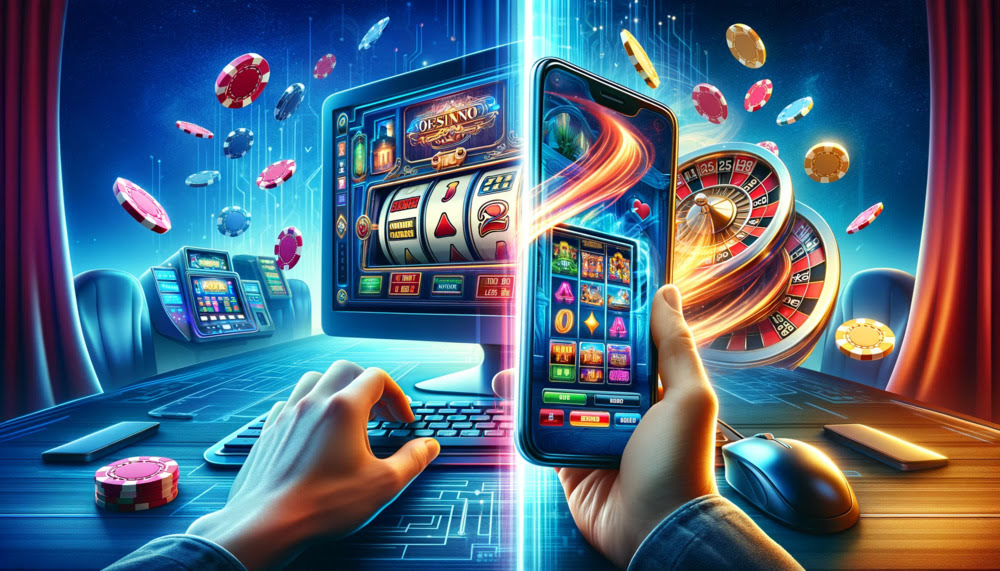 The Rise of Mobile Gaming: A New Era for O...
The Rise of Mobile Gaming: A New Era for O...In the rapidly evolving landscape of online gambling, the ascension of mobile …
Learn more -
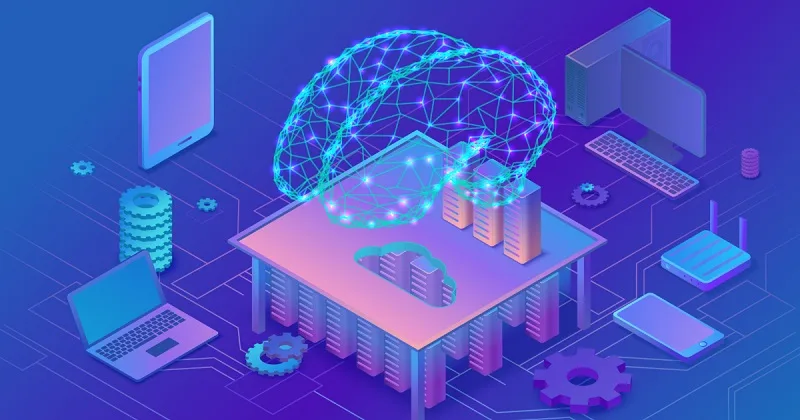 The Future is Now: How AI is Transforming ...
The Future is Now: How AI is Transforming ...The realm of Artificial Intelligence (AI) has expanded beyond the confines of …
Learn more
